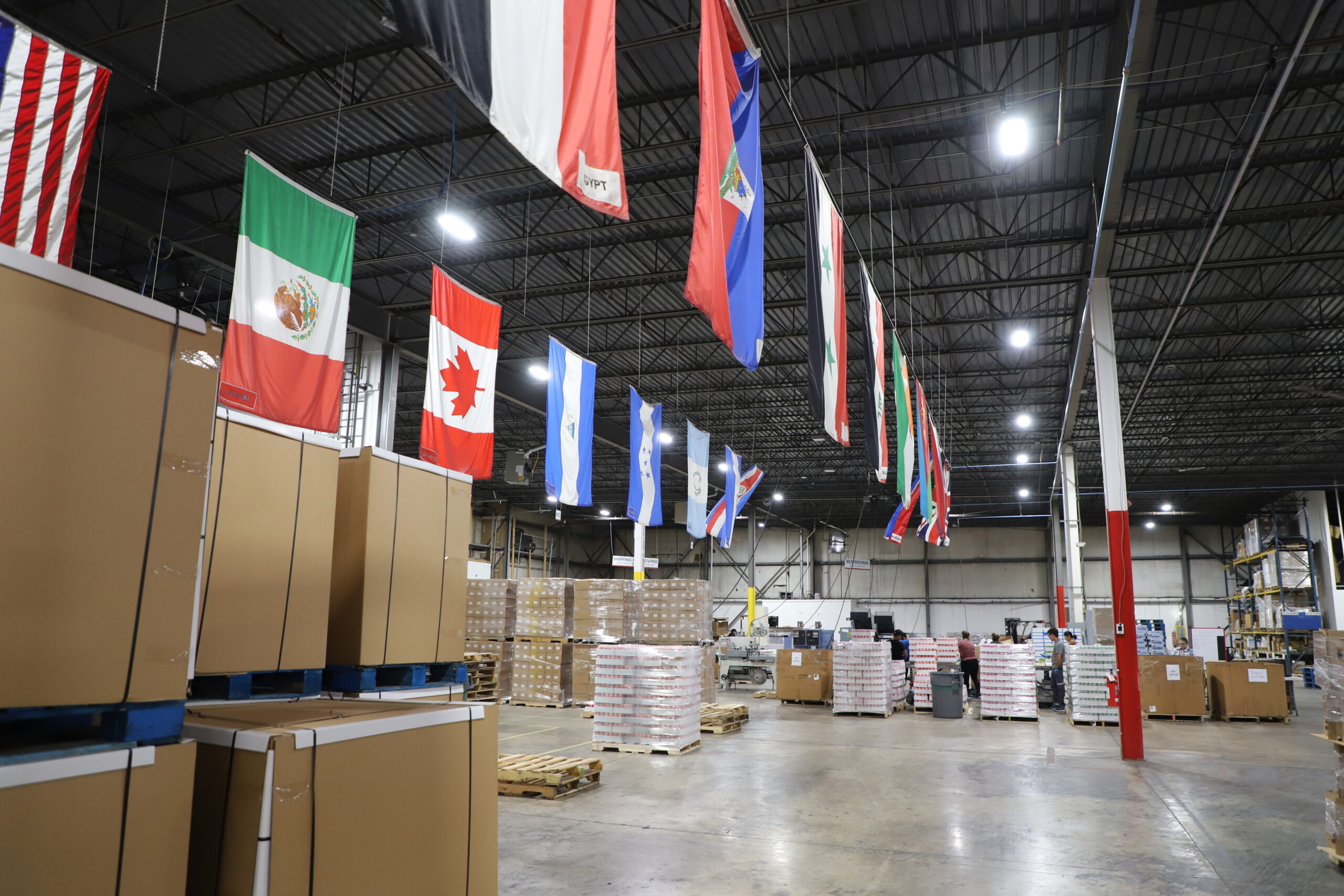Collaborating with Acción Performance enables your business to maintain its agility amidst changing production demands. Our kitting solutions enhances resource efficiency by optimizing performance, seamlessly integrating into your logistics operations.
Kitting Services
Managing Modern Solutions
Optimized supply chain solutions aren’t “one size fits all,” and neither are our pricing models. Our team
finds the best approach for your project to maximize your resources, including cost.

Kitting and Assembly Solutions
When you own a firm, supplying products to your customers requires various essential components such as packaging, distribution, and inventory management. It can be a bugbear if you tackle all the services yourself and everything else you have to do as a business owner. Fortunately, hiring a reputable company either for on-demand or pre-assembly kitting services for your business will get things done more successfully.
You can benefit from kitting in warehouse management if you own an e-commerce firm selling ready-to-assemble items, combination packs, subscription boxes, etc. Included in our kitting services, Acción Performance will store the products in our warehouses for our customers, eliminating the burden of renting a secondary space.
Custom Solutions
See how the Acción team creates individualized solutions for our clients across industries to optimize their unique demands.
Solutions Where You Need Them
We understand business needs from all industries. Our team is equipped to work when and where you need us.
Insourcing
Extend Your Capabilities:
Unlock the power of seamless integration as our expert team integrates directly into your facility. We bring specialized skills, adaptability, and unparalleled expertise right to your doorstep.
Adaptive Solutions:
Every facility has unique needs. Our team is trained to quickly adapt to diverse environments, ensuring a smooth transition and immediate productivity.
Assured Quality & Compliance:
Our team is trained to adhere to the highest standards of quality and compliance. Working within your facility, we’ll uphold and reinforce your brand’s reputation for excellence.
Outsourcing
Harness Our Team’s Skills:
Bring your projects to our facility, and our dedicated team will handle them with unmatched precision and skill. We offer a harmonious blend of your vision and our executional brilliance.
Seamless Integration:
Our team swiftly adapts to your specific requirements and methodologies, ensuring a seamless transition and continuity in your project outcomes.
Optimized Outcomes:
Our team, seasoned in diverse projects, ensures that your tasks are executed with efficiency, accuracy, and a commitment to the highest quality standards.







